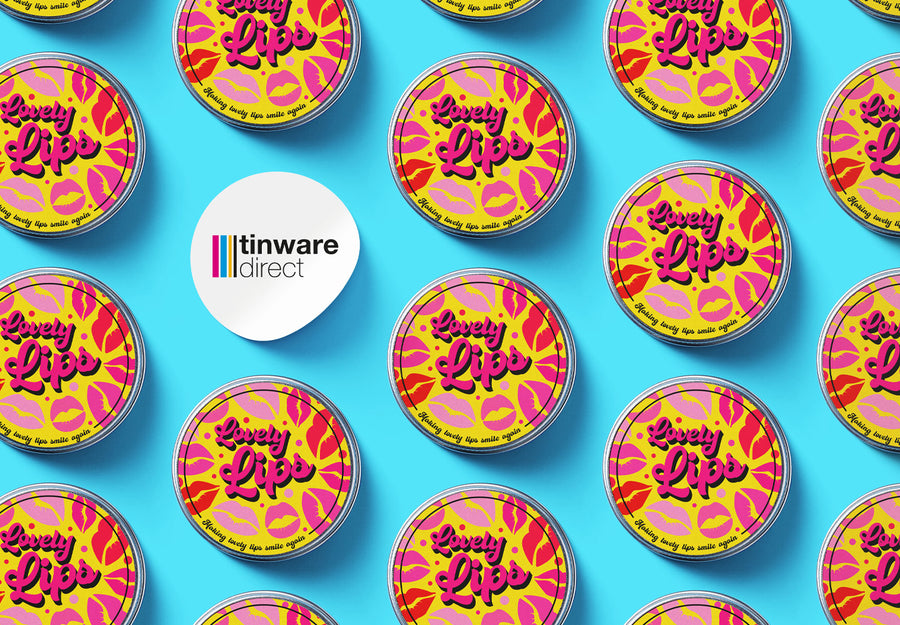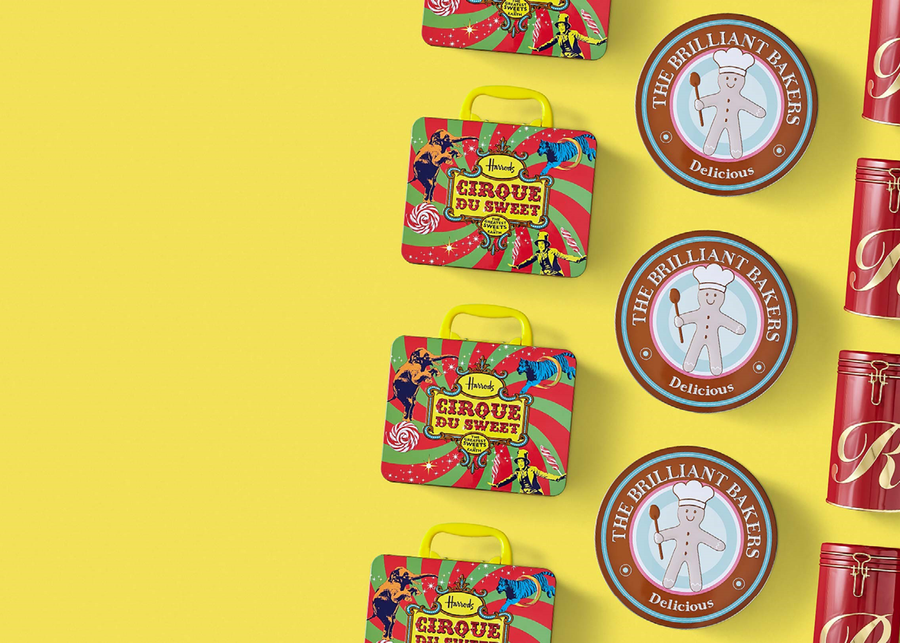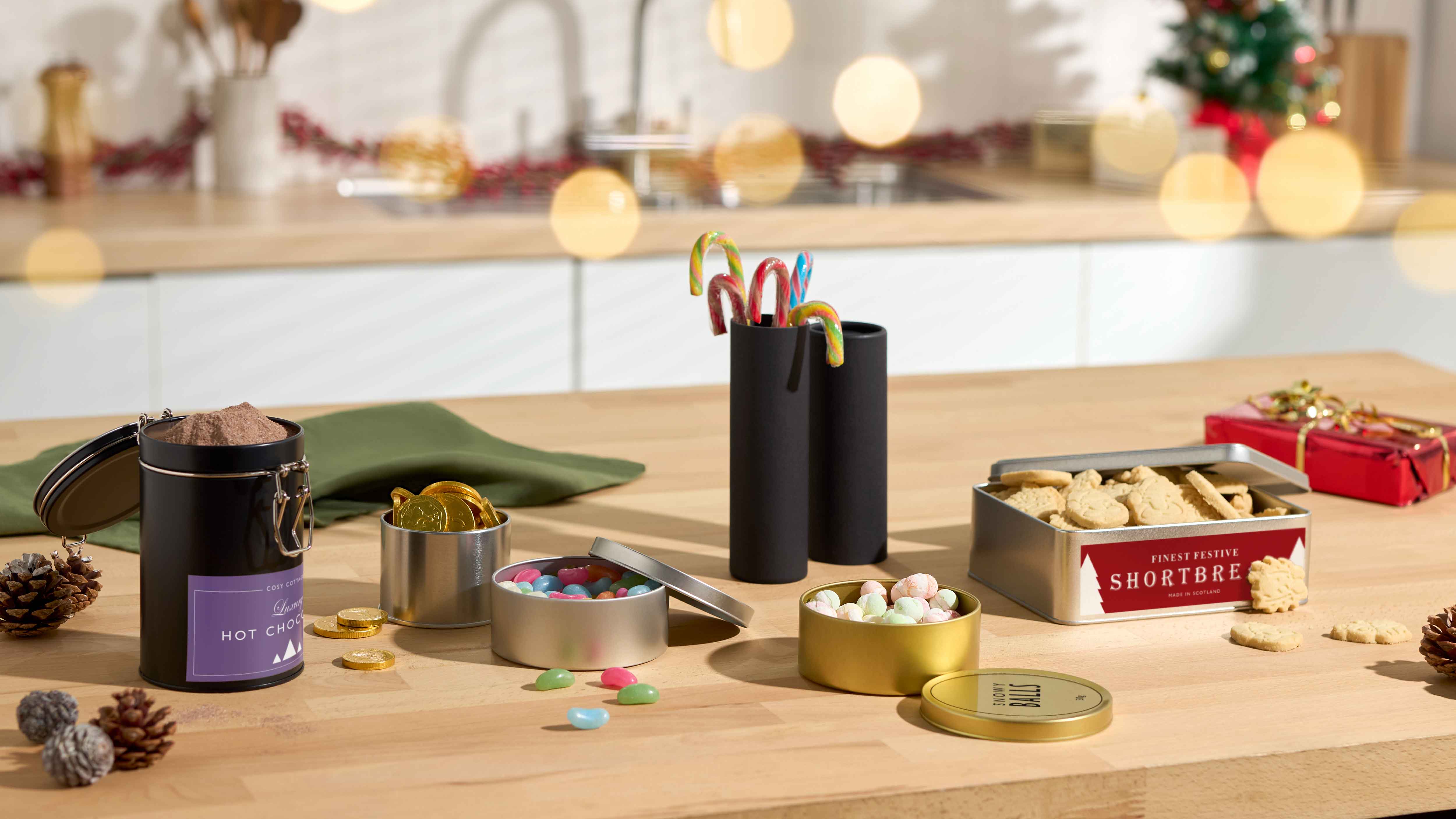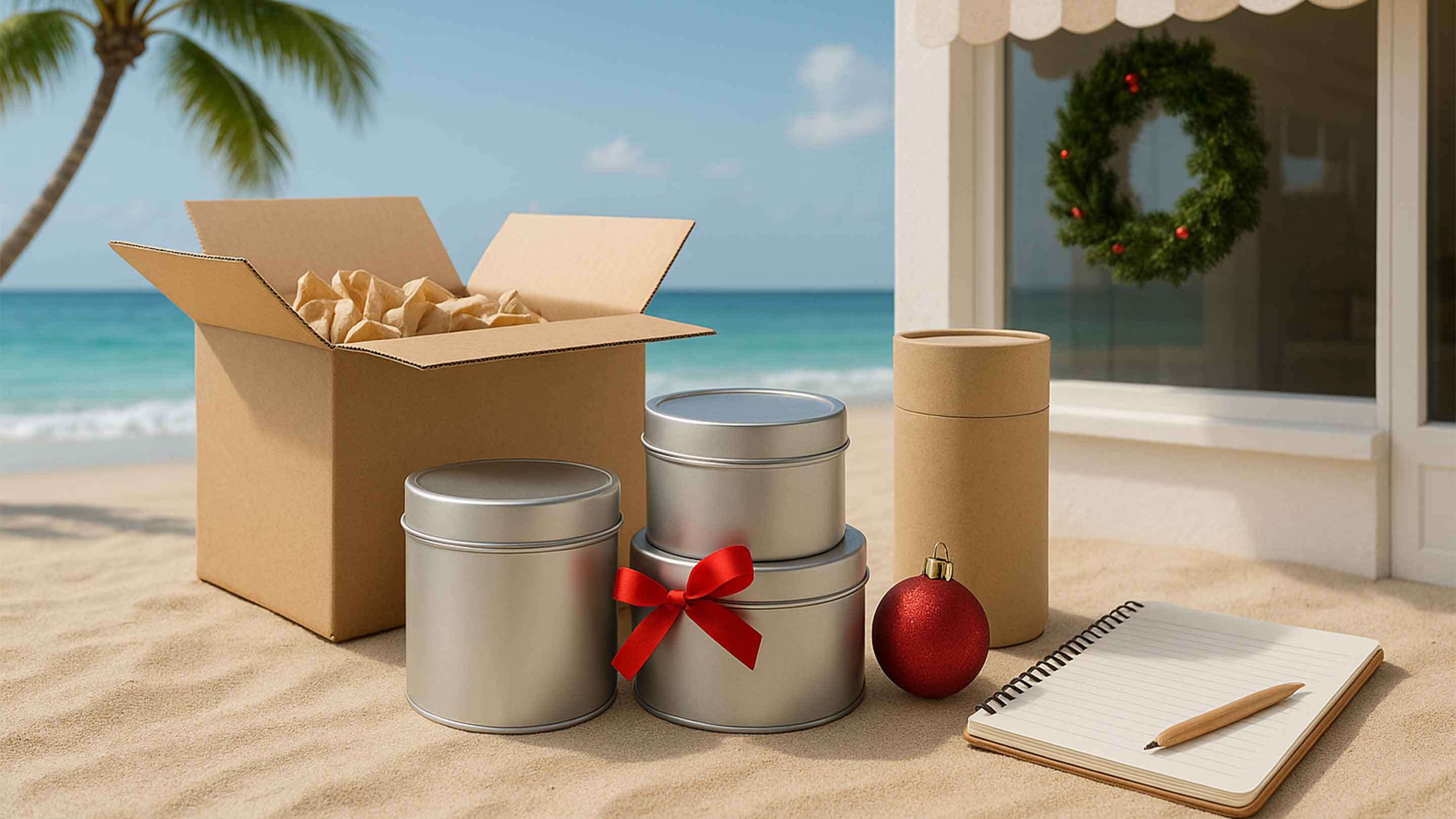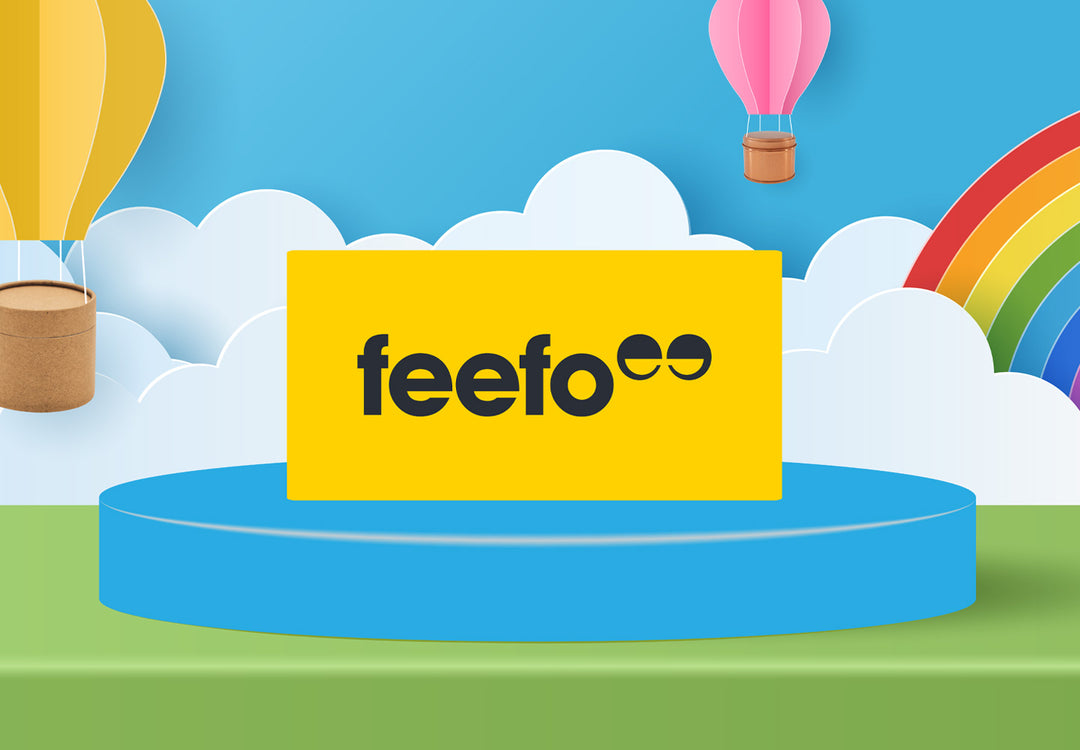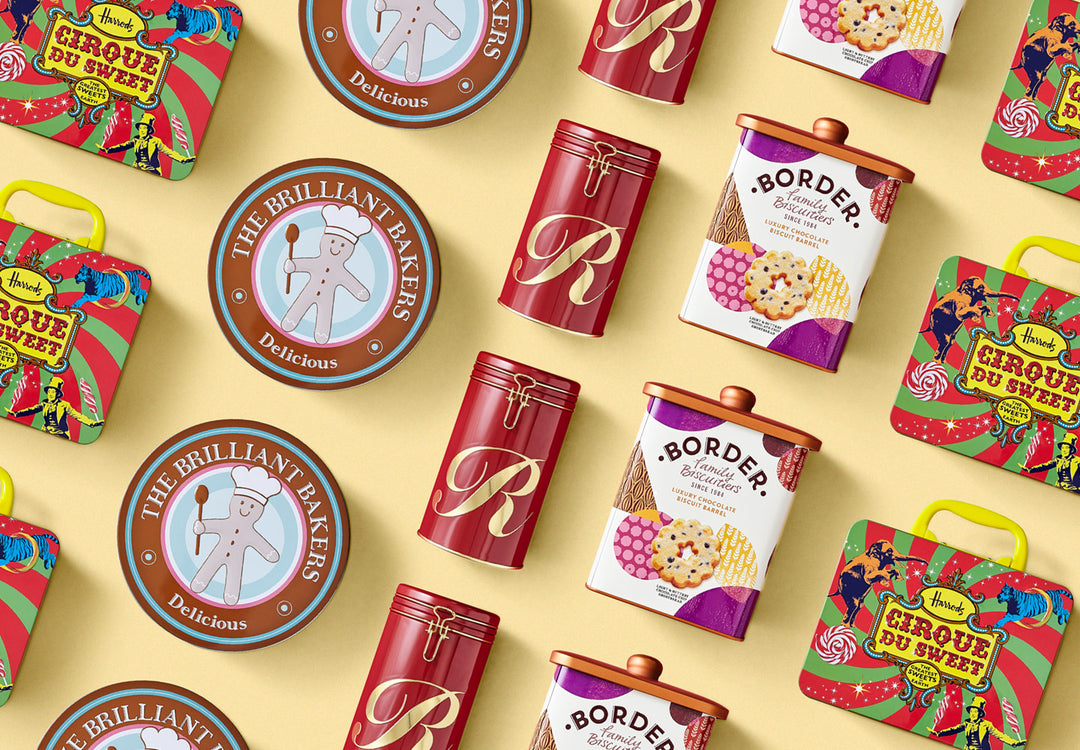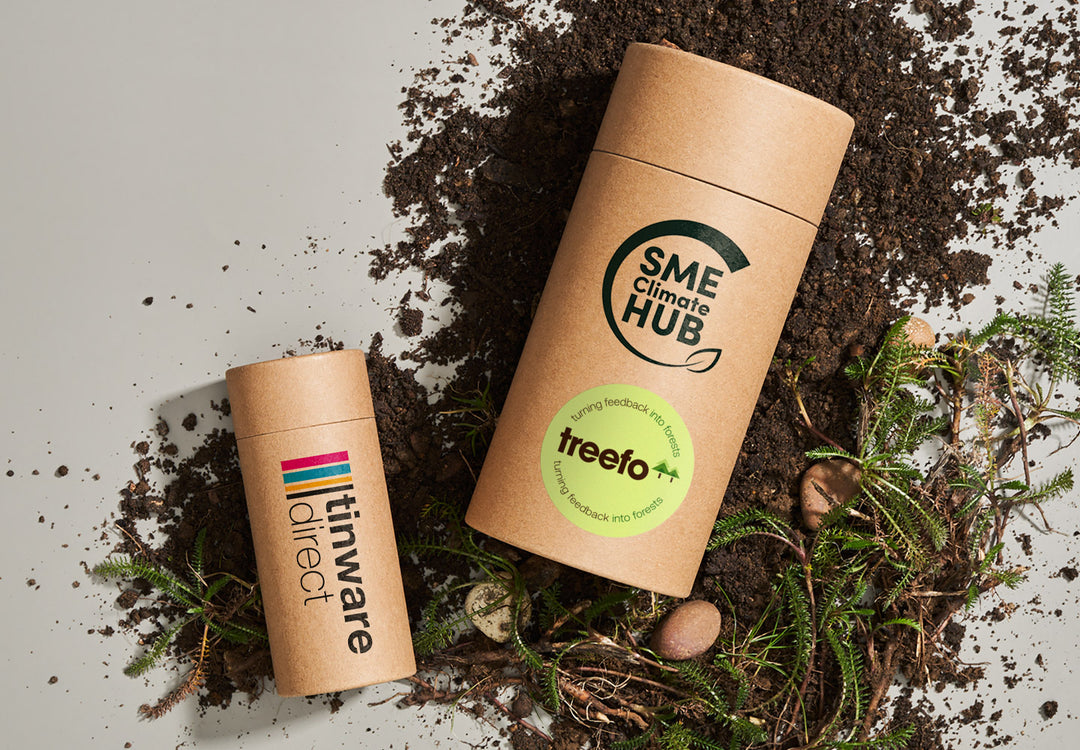Eco-Friendly Packaging Crucial For FMCG Companies

A recent study has shown a significant shift among leading fast-moving consumer goods (FMCG) companies towards more eco-friendly packaging. The study indicates a strong inclination among most companies to use paper-based materials, such as cardboard boxes and cylindrical cardboard containers.
What are FMCG Companies?
Fast-moving consumer goods (FMCG), also known as consumer packaged goods (CPG), are products that are sold quickly and at a relatively low cost. These products have a high turnover rate and are consumed rapidly. Common examples include non-durable household items, cosmetics, and certain food items. The FMCG sector comprises a broad spectrum of renowned brands, including:
- Nestle
- Unilever
- Kraft Heinz
- L'Oréal
- Danone
- Colgate-Palmolive
Why is Eco-Friendly Packaging Vital for FMCG Brands?
Based on a survey conducted by Aquapak Polymers, two-thirds of companies rated the risk of inadequate sustainable packaging solutions as “high.” Moreover, over 75% of the 100 companies surveyed expressed concern about potential harm to their brand image. While companies admitted to not being fully committed to eradicating plastic usage, there was a significant emphasis on minimising the overall environmental footprint. Decision-makers identified logistics, operational efficiency, and materials as crucial factors influencing packaging sustainability. The study underscored the importance of sustainable packaging as a critical component of a company’s success story.
Companies, both small and large, looking to adopt sustainable packaging solutions have a variety of options, including:
- Aluminium
- Tinplate
- Cardboard
- Biodegradable kraft paper
- And more
Optimal sustainable packaging not only conveys a clear message but also significantly reduces a brand’s carbon footprint. Certain packaging materials, such as cardboard, are lightweight, thereby decreasing carbon emissions resulting from logistics operations. It also helps mitigate plastic pollution and caters to environmentally conscious consumers. This revelation comes in the wake of several companies admitting that they will not meet their sustainable packaging goals within the stipulated timeframes.
Why are Companies Unable to Meet Their Goals?
Sustainability goals trace back to the early 2000s, making it difficult for decision-makers to foresee potential obstacles. In 2021, industry experts anticipated that companies would start falling short of their 2025 targets. Since then, PepsiCo, Unilever, and Colgate-Palmolive have all declared that they will not achieve their ambitious objectives. The reasons include:
- Reliance on plastic
- Insufficient recycling
- Limited reusability infrastructure
Companies are now deferring their goals to at least 2030. Organisations were quick to adopt terms like “plastic-free” and “100% recyclable” after realising their popularity among target consumers. Regrettably, these marketing catchphrases were implemented before they were thoroughly examined and understood. Industry analysts also point out bureaucratic hurdles, such as a lack of cooperation between industries and governments in planning eco-friendly initiatives, as another reason for companies’ shortcomings.
What Should Companies Do Now?
While it’s easy to criticise companies for setting overly ambitious sustainability goals, they have nonetheless managed to make a positive impact. These goals have led to new commitments and investments in sustainable practices with far-reaching implications. Now, companies need to chart the best course forward while setting realistic and achievable sustainable packaging goals. The first step? Identifying the best supplier for products like cosmetic packaging and food packaging. If you’d like to learn more, please contact our team today. Our experts are ready to assist you in transitioning towards a greener and brighter future.
